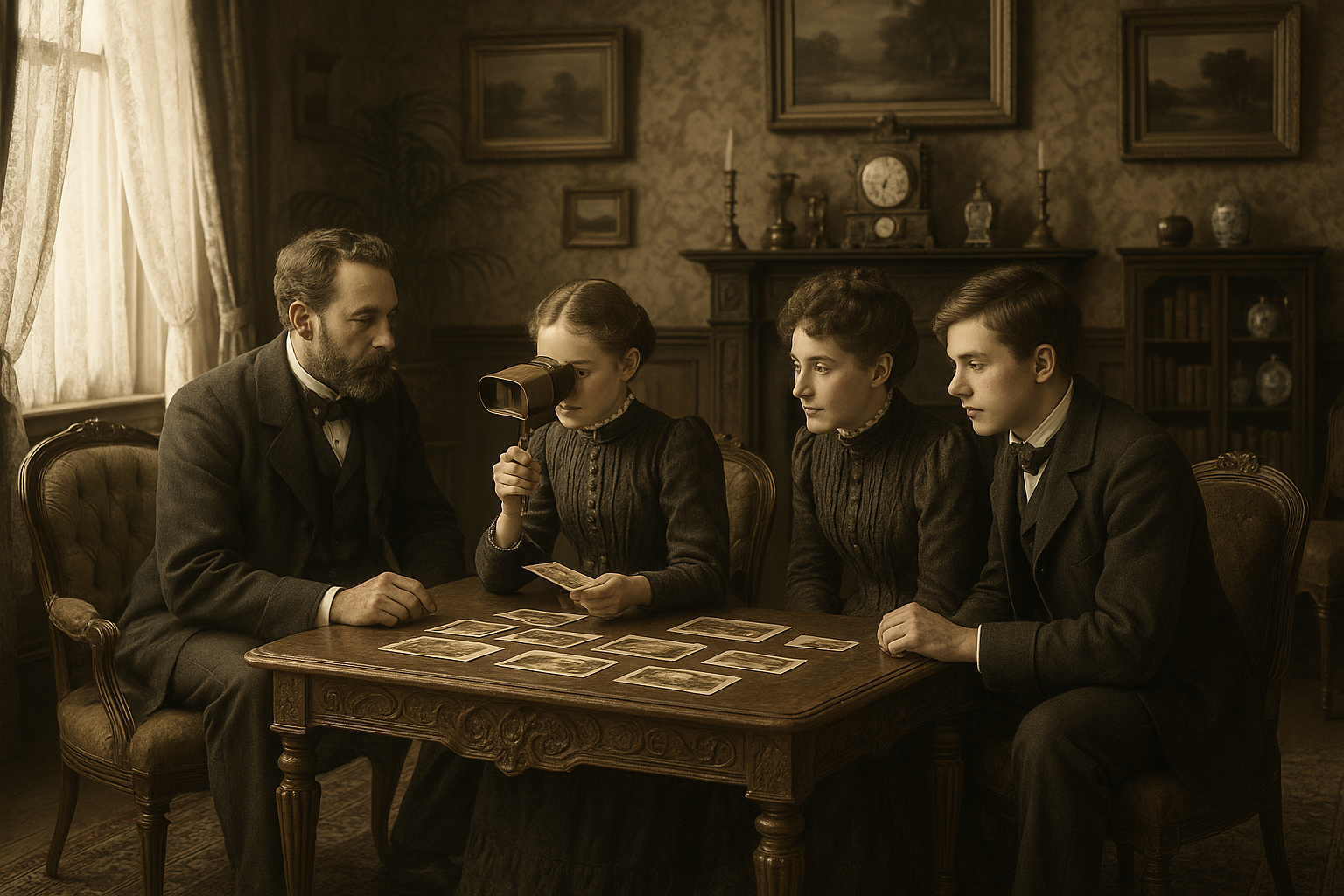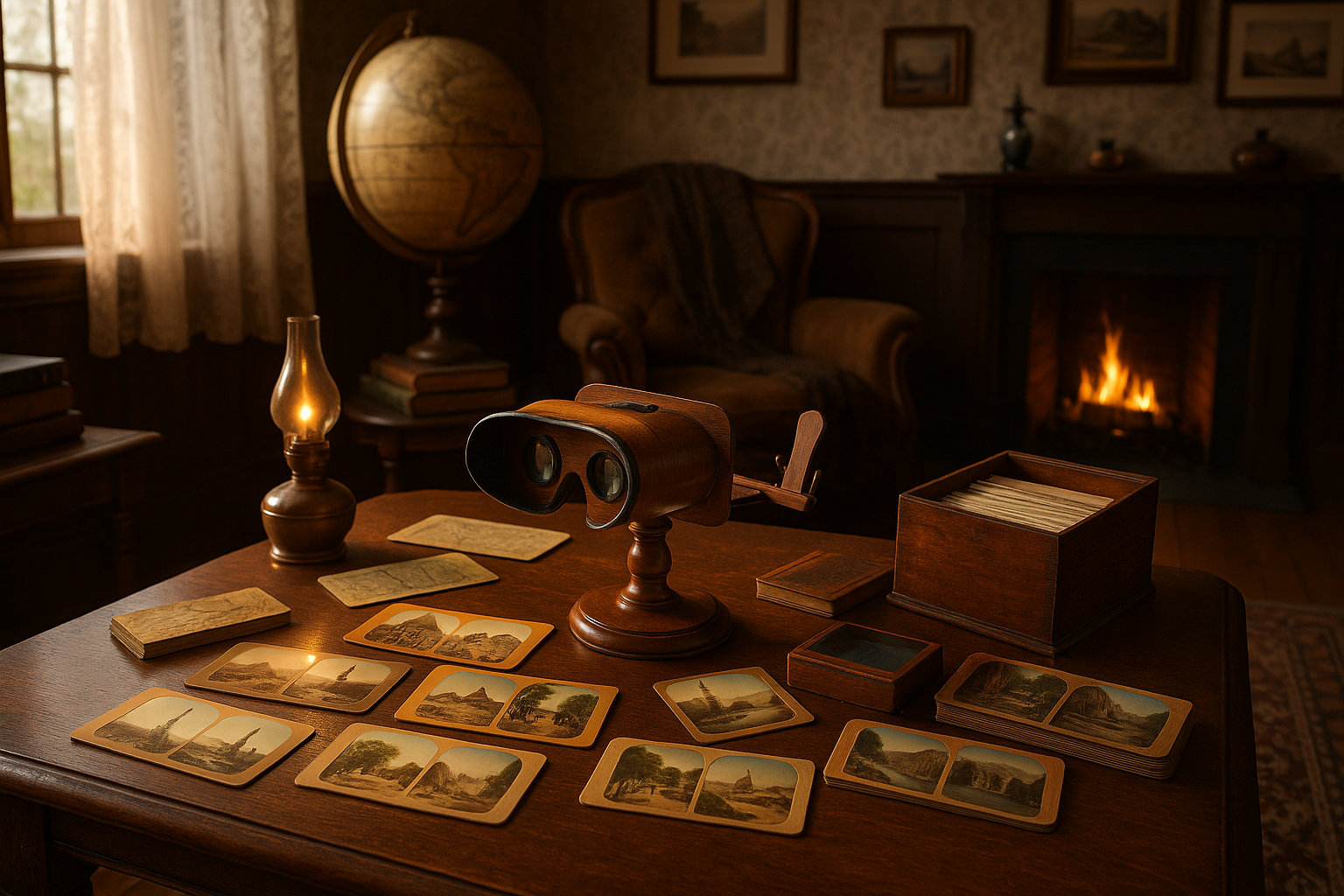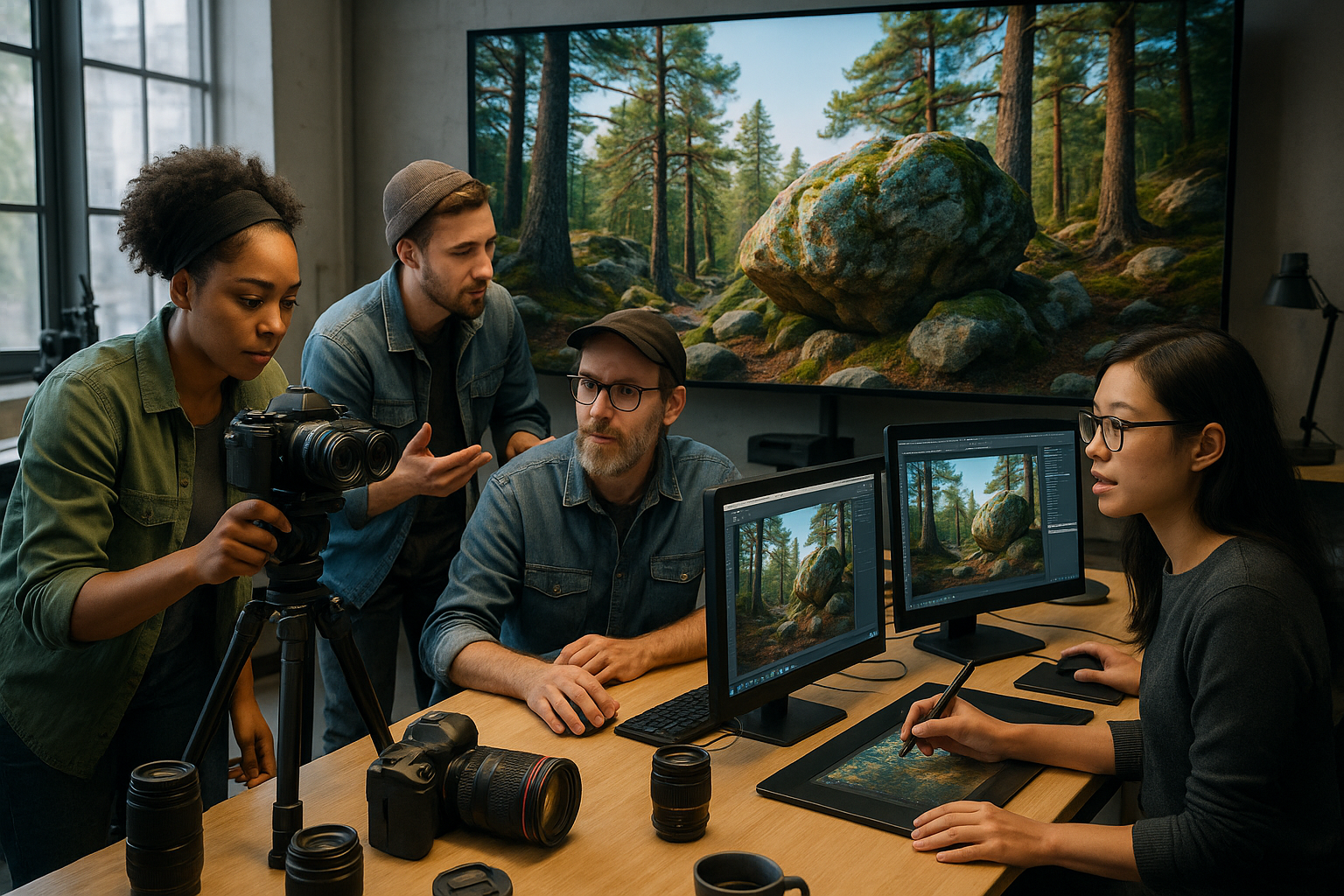Light projection transforms ordinary spaces into extraordinary experiences, blending art, technology, and imagination into captivating visual displays that mesmerize audiences of all ages worldwide. ✨
From intimate home gatherings to massive public installations, light projection has become one of the most accessible and impressive forms of visual entertainment and artistic expression. This remarkable technology allows anyone to paint with light, creating dynamic scenes that dance across walls, buildings, and natural landscapes, turning the mundane into the magical.
The Enchanting World of Light Projection Technology 🌟
Light projection represents the convergence of ancient storytelling traditions with cutting-edge digital innovation. What began as simple shadow puppetry thousands of years ago has evolved into sophisticated systems capable of transforming entire cityscapes into immersive canvases. The fundamental principle remains beautifully simple: controlled light creates illusions, emotions, and narratives that captivate viewers.
Modern projectors utilize advanced LED, LCD, or DLP technology to deliver stunning clarity and vibrant colors. These devices range from pocket-sized portable units that fit in your palm to industrial-grade installations requiring specialized rigging and power systems. The democratization of projection technology means that creative individuals no longer need Hollywood-level budgets to craft memorable visual experiences.
The magic lies in the interplay between light intensity, color temperature, resolution, and content. High-lumen projectors can overcome ambient light, making daytime or outdoor projections feasible. Meanwhile, advancements in mapping software enable precise calibration to irregular surfaces, allowing projections to wrap around architectural features or natural formations with breathtaking accuracy.
Understanding Lumens, Resolution, and Throw Distance
Choosing the right projection equipment requires understanding several technical specifications. Lumens measure brightness—the higher the number, the more ambient light your projection can overcome. Residential projectors typically range from 1,000 to 3,000 lumens, while professional installations may exceed 30,000 lumens for large-scale outdoor events.
Resolution determines image sharpness and detail. Standard HD (1920×1080) suffices for most applications, but 4K projectors deliver exceptional clarity for close viewing or large surfaces. The throw distance—the space between projector and surface—affects image size and focus, with short-throw models perfect for confined spaces and long-throw options ideal for expansive installations.
Creative Applications That Spark Wonder 🎨
Light projection serves countless creative purposes, limited only by imagination. Home entertainment represents the most common application, with families transforming living rooms into private cinemas or creating ambient lighting for special occasions. Holiday projections have become particularly popular, with homeowners displaying festive animations without the hassle of traditional decorations.
Artists have embraced projection as a dynamic medium, creating temporary installations that respond to music, movement, or environmental conditions. Museums and galleries utilize projection mapping to bring historical artifacts to life, adding contextual layers that deepen visitor engagement without physically altering precious objects.
Educational institutions leverage projection to create immersive learning environments. Imagine studying astronomy with constellations projected across the classroom ceiling, or exploring ancient civilizations through life-sized architectural projections. This multisensory approach enhances retention and makes complex subjects more accessible to diverse learning styles.
Transforming Events and Celebrations
Wedding planners and event coordinators increasingly incorporate projection mapping to personalize celebrations. Custom monograms, animated backgrounds, and dynamic centerpieces created through light add sophistication without permanent alterations to venues. These ephemeral decorations adapt throughout events, shifting from elegant dinner ambiance to energetic dance party atmospheres.
Corporate events utilize projection for brand storytelling, product launches, and immersive presentations that command attention. Rather than static signage, companies can display evolving content that responds to presentation flow, audience interaction, or real-time data visualization, creating memorable experiences that reinforce messaging.
Bringing Professional Projection Magic Home 🏠
Creating impressive light projection experiences no longer requires professional expertise or equipment. Consumer-grade projectors offer remarkable capabilities at accessible price points, while smartphone apps simplify content creation and control. The barrier to entry has never been lower for aspiring visual artists and entertainment enthusiasts.
Setting up a home projection system begins with selecting an appropriate projector based on your space and intended use. Consider whether you need portability, prioritize image quality over brightness, or require specialized features like short-throw capability for small rooms. Many affordable options deliver satisfying results for casual users, while enthusiasts can invest in higher-end models with expanded functionality.
Content sources range from streaming services and personal media libraries to specialized projection content platforms offering holiday displays, abstract visuals, and themed animations. Many projectors include built-in apps and wireless connectivity, eliminating the need for separate media players or complicated cable management.
DIY Projection Mapping for Beginners
Projection mapping software has become increasingly user-friendly, enabling beginners to create custom displays without coding knowledge. These programs help you align projected images to physical surfaces by defining corner points and adjusting perspective. Some applications offer templates and effects libraries that simplify the creative process.
Start with simple projects like projecting onto a white wall or bedsheet before advancing to complex surfaces. Experiment with different content types—moving patterns, video loops, or interactive elements triggered by sound or motion sensors. The learning curve is gentle, and online communities provide tutorials, troubleshooting assistance, and inspiration.
The Psychology Behind Light’s Captivating Power 💡
Humans possess an innate attraction to light and movement, evolutionary traits that once aided survival. Light projection leverages these deep-seated responses, capturing attention and triggering emotional reactions that static displays cannot match. The ephemeral nature of projected light adds urgency—viewers recognize the experience as temporary, increasing engagement and appreciation.
Color psychology plays a significant role in projection effectiveness. Warm tones create inviting, energetic atmospheres, while cool blues and purples evoke calm or mystery. Dynamic color transitions guide emotional journeys, building tension or providing relief in sync with musical scores or narrative arcs.
Scale dramatically impacts psychological response. Massive architectural projections inspire awe and feelings of insignificance before something greater, while intimate projections create cozy, personal connections. Understanding these dynamics enables creators to craft experiences that resonate on both conscious and subconscious levels.
Outdoor Spectacles and Public Art Installations 🌃
Cities worldwide have embraced large-scale projection mapping as public art, transforming iconic buildings into storytelling canvases. These installations attract tourists, boost local economies, and foster community pride. Annual light festivals in locations like Sydney, Lyon, and Singapore showcase the medium’s potential, featuring international artists who push creative boundaries.
Environmental projections onto natural features like waterfalls, cliffs, or forest canopies create surreal experiences that blur boundaries between nature and technology. These temporary interventions leave no permanent footprint, making them environmentally conscious alternatives to traditional public art while offering flexibility to change themes seasonally or for special occasions.
The accessibility of outdoor projections democratizes art appreciation, requiring no admission fees or venue entry. Communities gather in public spaces, sharing collective wonder that strengthens social bonds. This inclusive aspect makes light projection a powerful tool for cultural expression and civic engagement.
Technical Challenges of Large-Scale Projections
Outdoor installations face unique obstacles including weather conditions, ambient light competition, and power requirements. Rain, fog, and wind can disrupt projections or damage equipment, necessitating weather monitoring and protective housings. Urban light pollution requires higher-lumen projectors and strategic timing to maximize visibility.
Architectural projection mapping demands precise measurements and advanced software to account for building irregularities, windows, and surface textures. Professional installations often require teams of specialists including technical directors, content creators, and rigging experts who coordinate complex logistics and safety protocols.
Educational Benefits and Learning Enhancement 📚
Projection technology revolutionizes educational approaches by creating immersive environments that accommodate various learning styles. Visual learners benefit from dynamic diagrams and animations, while kinesthetic learners engage through interactive projections that respond to physical movement. This multisensory stimulation improves information retention and makes abstract concepts tangible.
Virtual field trips via projection transport students to distant locations or historical periods without leaving the classroom. Imagine exploring the Great Barrier Reef’s ecosystem projected floor-to-ceiling around students, or witnessing historical events through accurate recreations. These experiences generate emotional connections to subject matter that textbooks alone cannot achieve.
Special education programs utilize calming projection environments for students with sensory processing challenges. Gentle, predictable visual patterns create soothing spaces that reduce anxiety and improve focus. Conversely, stimulating projections can energize and motivate students during appropriate learning activities.
The Future of Light Projection Innovation 🚀
Emerging technologies promise even more spectacular projection possibilities. Holographic projections are transitioning from science fiction to reality, creating three-dimensional images suspended in space without screens. Laser projectors offer superior brightness and color accuracy while consuming less power than traditional lamp-based systems.
Artificial intelligence integration enables projections that adapt in real-time to audience reactions, environmental conditions, or user preferences. Machine learning algorithms can generate original content based on parameters like mood, music, or spoken commands, making each projection experience unique and personalized.
Miniaturization continues advancing, with projectors small enough to integrate into smartphones, wearables, or automotive displays. Soon, individuals might project information directly from smart glasses or watches, transforming any surface into an interactive display. These developments will further blur distinctions between physical and digital realities.
Sustainability Considerations in Projection Technology
As awareness of environmental impact grows, projection technology evolves toward sustainability. LED and laser light sources last significantly longer than traditional lamps, reducing waste and maintenance requirements. Energy-efficient models minimize power consumption, an important consideration for permanent installations or frequent use.
Solar-powered projection systems enable off-grid installations in remote locations or developing regions without reliable electricity infrastructure. These systems democratize access to projection technology while reducing carbon footprints, aligning artistic expression with environmental responsibility.
Accessible Tools and Resources for Aspiring Creators 🎬
The projection community offers abundant resources for newcomers. Online tutorials cover everything from basic setup to advanced mapping techniques, while forums provide peer support and troubleshooting assistance. Many projector manufacturers offer free software and content libraries to help users maximize their equipment’s potential.
Budget-conscious creators can achieve impressive results with entry-level equipment and free software. Open-source mapping programs like MapMap or Resolume Arena (with free trial options) provide professional-grade capabilities without licensing fees. Smartphone apps enable content creation and projector control, turning mobile devices into portable production studios.
Local maker spaces and community centers increasingly offer projection equipment and instruction, allowing experimentation without significant personal investment. These collaborative environments foster skill development and creative exchange, helping newcomers overcome initial learning curves with hands-on guidance.
Finding Inspiration in Everyday Spaces ✨
The beauty of light projection lies in its ability to transform familiar environments into extraordinary experiences. Your living room becomes a tropical paradise, outer space, or abstract art gallery with simple equipment changes. Gardens transform into enchanted forests, while pools become aquatic light shows with properly positioned waterproof projectors.
Seasonal celebrations gain new dimensions through themed projections. Halloween displays featuring ghostly animations, Christmas scenes with falling snow effects, or birthday parties with personalized photo montages create memorable moments without expensive decorations or complicated setups. The flexibility to change themes instantly makes projection ideal for households that enjoy variety.
Meditation and wellness practitioners incorporate ambient projections into practice spaces, creating calming environments that facilitate relaxation and introspection. Gentle waves, drifting clouds, or abstract patterns complement breathing exercises and mindfulness techniques, enhancing the therapeutic experience through multisensory engagement.
Unleashing Your Creative Vision Through Light 🎭
Light projection empowers everyone to become visual storytellers regardless of traditional artistic training. The technology handles technical complexities while allowing creators to focus on imagination and emotional expression. Whether crafting elaborate narratives or simple aesthetic experiences, projection offers an accessible medium for sharing personal vision with others.
Collaboration amplifies creative possibilities. Musicians pair projections with performances, dancers interact with responsive light environments, and writers illustrate stories through visual accompaniment. These interdisciplinary partnerships produce works greater than individual contributions, demonstrating projection’s versatility as a collaborative medium.
The temporary nature of projection art encourages experimentation without fear of permanent mistakes. Projects can be revised, reimagined, or completely discarded with no material waste. This low-stakes environment nurtures creative risk-taking and innovation, qualities that advance artistic evolution and personal growth.
Light projection represents a democratized art form where technology meets imagination, creating experiences that enlighten, entertain, and inspire. From bedroom walls to building facades, this accessible medium invites everyone to illuminate their creativity and share visions that transform ordinary moments into magical memories. The only true limitation is imagination itself—everything else is simply light, space, and the courage to project your dreams into reality.
Toni Santos is a visual historian and artisan whose creative lens is captivated by the forgotten marvels of antique optical devices. Through his thoughtful storytelling, Toni revives the instruments that once transformed light into wonder—camera obscuras, magic lanterns, kaleidoscopes, and other ingenious tools that shaped our earliest visual imaginations.
His journey is rooted in a fascination with how humans have long sought to bend, reflect, and reveal the unseen. Whether tracing the mechanical poetry of 19th-century projectors or illustrating the tactile elegance of early lenses, Toni’s work invites us to see vision itself as an evolving art form.
Blending handcrafted design with historical inquiry, Toni brings to life the material soul of these devices—celebrating not just how they functioned, but what they meant. His creations and curated stories illuminate a world where science, illusion, and beauty were intricately linked through glass and brass.
As the curator of Vizovex, Toni shares detailed studies, reconstructed artifacts, and immersive content that help others rediscover the origins of visual technology and the magic of analog perception.
His work is a tribute to:
The craftsmanship behind early visual instruments
The wonder of seeing through the eyes of another century
The intersection of optics, art, and imagination
Whether you’re a collector, a designer, or someone drawn to the lost poetry of vision, Toni welcomes you into a world where light is a storyteller—one prism, one lens, one forgotten invention at a time.





